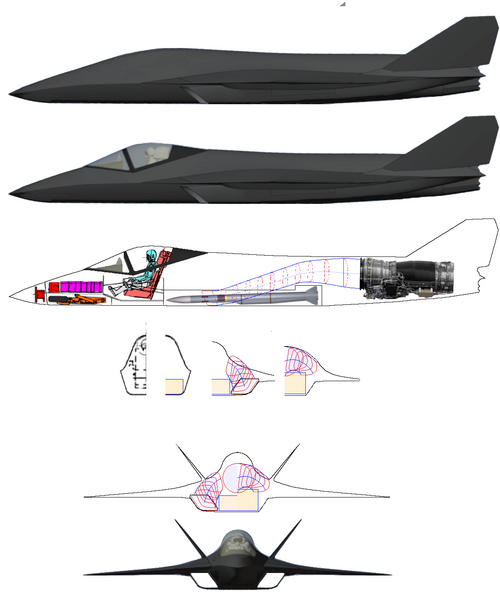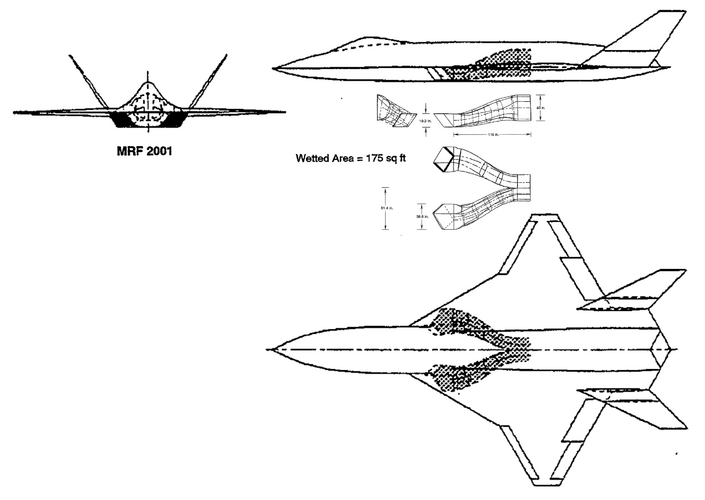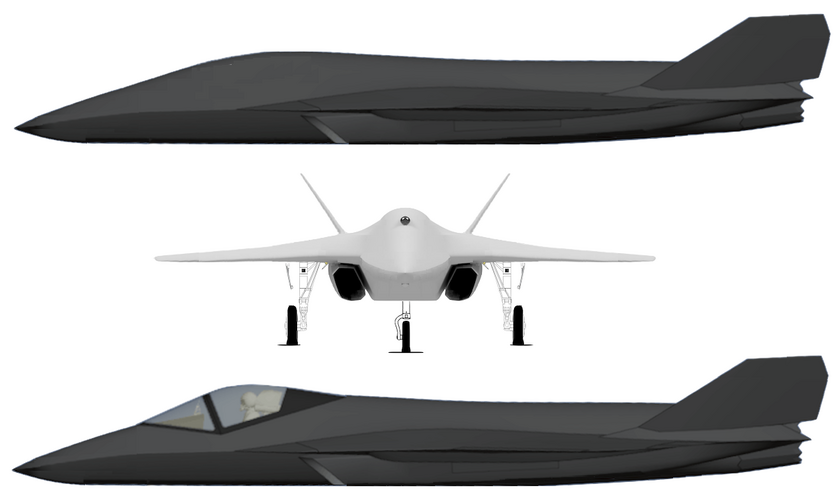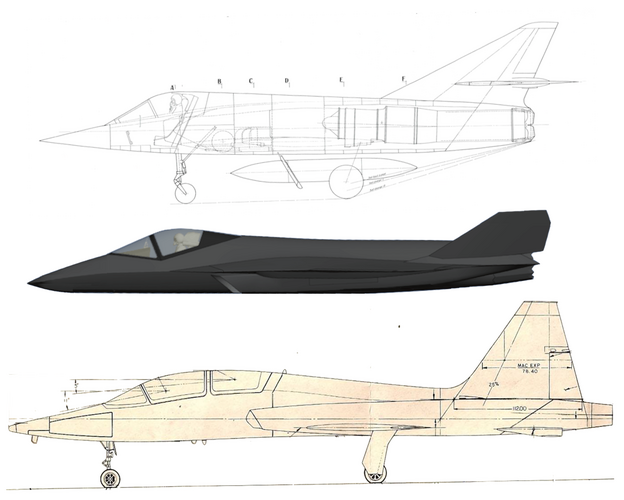Scott Kenny
ACCESS: USAP
- Joined
- 15 May 2023
- Messages
- 11,737
- Reaction score
- 14,523
The basic idea is that as you get a smaller flying object, the air acts more viscous. So at people-to-plane size you're in air, at bird size you're in something closer to water, and at insect size you're in oil or even honey.@red admiral , @Arjen - Thank you. I will now go and look up this trickery known as "Reynold" number.
It actually kinda kicked the Wright Brothers in the jimmies. You see, they had copied their wing shape off of large sea birds, so they had a deeply cambered shape that was relatively thin overall, shaped kinda like a parenthesis (( but laid on its side. That was too thin a wing for an object the size of their Flyer. WW1 planes had a much thicker wing, shaped more like this: (|
Then as planes got faster the wings got thinner again, but with much less camber.
And of course, we see the highly cambered idea come back with the flaps and slats on modern commercial planes.






